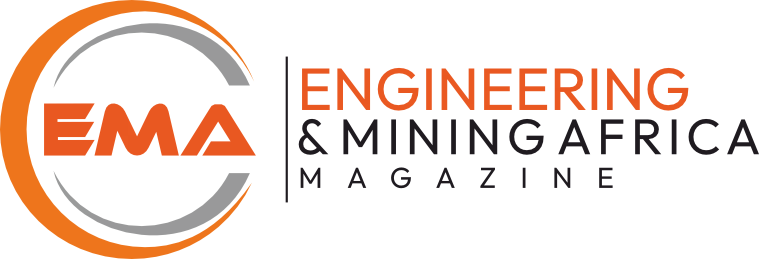As cyberthreats continue to rise and data becomes an increasingly valuable business commodity, South Africa’s data regulation landscape is evolving, and businesses need to prioritise data security and privacy measures. This is essential not only from a compliance perspective, but for business continuity, cost management and competitiveness. A comprehensive approach to enhancing data protection is critical, and a proactive stance has become vital. By leveraging advanced technologies and industry expertise, businesses can strengthen their data security and privacy measures, safeguarding valuable information from potential breaches and meeting their compliance objectives.
Covering all the bases
The core objective and fundamental motive behind ransomware attacks is not the actual ransom, but something far more valuable: the data itself, and its associated intellectual property. As cyberthreats evolve, businesses must keep pace, and a comprehensive and forward-looking data protection strategy has never been more important.
This begins with a complete assessment of the environment to provide visibility into data by identifying, analysing, and evaluating the data landscape. An assessment is essential in understanding data infrastructure, processes, assets, and sources of risk, identifying the likelihood of the risk materialising as well as the scale of impact to the business, and understanding risk appetite and risk acceptance criteria.
Once the environment is understood, tools such as encryption, access control, and data classification can be put into place to secure sensitive information from unauthorised access and cyberattacks. In addition, appropriate data retention and deletion policies can be put into place based on the organisation and the regulatory landscape that applies. This is an important step not only in reducing legal exposure but in reducing data storage costs, which can spiral out of control if retention policies are ineffective.
Check it and check it again!
Once systems and policies are in place, it is essential for organisations to ensure that they remain relevant and up to date in a constantly evolving landscape. Regular security audits are critical in mitigating and reducing risk, ensuring that vulnerabilities and weaknesses can be identified early, and steps taken to prevent data breaches, cyberattacks, and other security threats. This will help protect critical data, identify security loopholes, create new security policies, and track the effectiveness of security strategies. Regular audits can also help ensure employees stick to security practices and can catch new vulnerabilities.
As organisations become increasingly dependent on data, the regulatory complexities are rising exponentially. Meeting this requirement demands a significant amount of productive time for organisations. A single non-compliance can attract heavy monetary penalties or even sanctions and prison sentences. Having the expertise of an experienced provider can be hugely beneficial, saving organisations both time and money when it comes to meeting compliance obligations.
A single platform from end to end
Commvault’s secure framework has redefined data protection to include early warning technologies that help to secure against threats before they happen, defend enterprise data if the environment is breached, and ensure recoverability so customers and their data remain resilient in the face of evolving cyber threats.
Key features include early warning and cyber deception, anomaly detection and reporting to secure your data, and periodic scans of backups. Commvault also offers the end-to-end AAA Framework (Authentication, Authorisation, Accounting), which ensures confidentiality, integrity, availability and authenticity of customer and user data at all times, essential for protecting against ransomware and meeting regulatory demands.
Commvault offers a data protection platform that includes active defence across production and backup data to secure, defend, and recover data across all workloads and environments, safeguarding data in line with both business and regulatory requirements.



